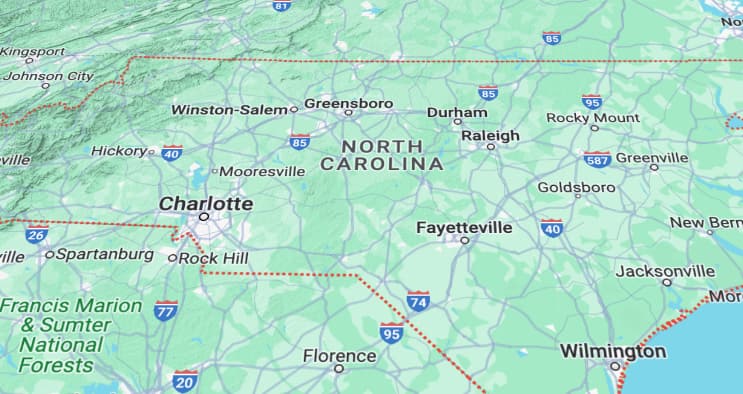Reinsurance costs drive 42% NC homeowners rate increase filing: Assured Research

The rising cost of reinsurance is identified as the key driver of a recent North Carolina homeowners insurance rate filing that indicates a 42.4% increase, according to research and advisory firm Assured Research.
The rate filing was made this month by the North Carolina Rate Bureau and is yet to be approved it seems, but the HO-3 homeowner’s policy related rate filing calls for a significant increase to property insurance rates in the state.
Assured Research notes that the requested rate increases have been deemed “insane” and “outrageous” by officials in North Carolina, in an article by AM Best.
Which led the company to analyse the last rate filing submitted back in 2020, to see where the drivers are for the substantial difference in cost.
“We reviewed the latest approved (or rather, settled) filing by the NC Rate Bureau and compared its key components to the January, 2024 filing that has garnered so much media attention,”Assured Research explained.
Further saying, “To be clear, our review does not focus on the merits or actuarial selections made in each filing. Rather, we focused on trying to answer, “What changed?”
“And that lends itself a straightforward answer: The cost of reinsurance.”
When comparing the last homeowners HO-3 policy indicated rate filing from late 2020 with the new one submitted this month in North Carolina, if you exclude the cost of reinsurance the total has actually declined slightly, from $927 in 2020 to $899 today.
But, the cost of reinsurance component of the rate filing has doubled, from $207 per-policy in 2020, to now $415 per-policy in January 2024.
So the overall indicated cost per-policy has risen from $1,134 in 2020, to now an indicated $1,314, which is an increase of 16%.
Assured Partners notes, “It’s worth highlighting that the Jan. ’20 filing indicated a 39.0% rate increase but the NC Rate Bureau lowered their request to 24.6%. After a year of studies and meetings, the Bureau and DOI compromised on an 8.2% increase for HO-3 (effective 6/1/22).”
The new January 2024 rate filing indicates a 42.4% increase over the current approved rates, but a 16% increase over the previous indication from late 2020.
While the cost of reinsurance increase looks significant, if you purely look at the average rates for US property catastrophe reinsurance, the 42.4% increase since 2020 actually looks like a good deal.
The Guy Carpenter U.S. Property Catastrophe Rate on Line Index is now up by 74% since 2020, to the latest data after the recent January 2024 reinsurance renewals.
While homeowners’ insurance rates incorporate more than just pure property catastrophe risk, this is a significant contributor to the costs primary property insurers in a state like North Carolina need to bear in 2024, so the size of the indicated rate filing increase is perhaps not as surprising as it first seems.
Clearly, to homeowners and those buying protection, these are significant increases, but for insurers and reinsurers there is a need to cover loss costs and to charge risk commensurate rates, so the size of the rate filing increases now being seen across the United States are reflecting the challenging loss and inflationary environment, as well as other factors such as building and material costs, all of which are driving a new reality of higher insurance pricing.
Assured Research conclude, “When comparing the indicated rate need derived more than three years ago to the indicated rate need in the most recent filing, the increase is 16%. Insane? The answer depends on one’s perspective, but that level of increase shouldn’t be surprising. Exactly no one should be surprised at the sharp increase in the cost of reinsurance, and memories become conveniently short when rate filers compromise for increases well short of their actuarially indicated need. Those gaps have a way of resurfacing and growing over time. We don’t make light of the rising economic burden of insuring cars and homes, but the cost of risk is rising.”






